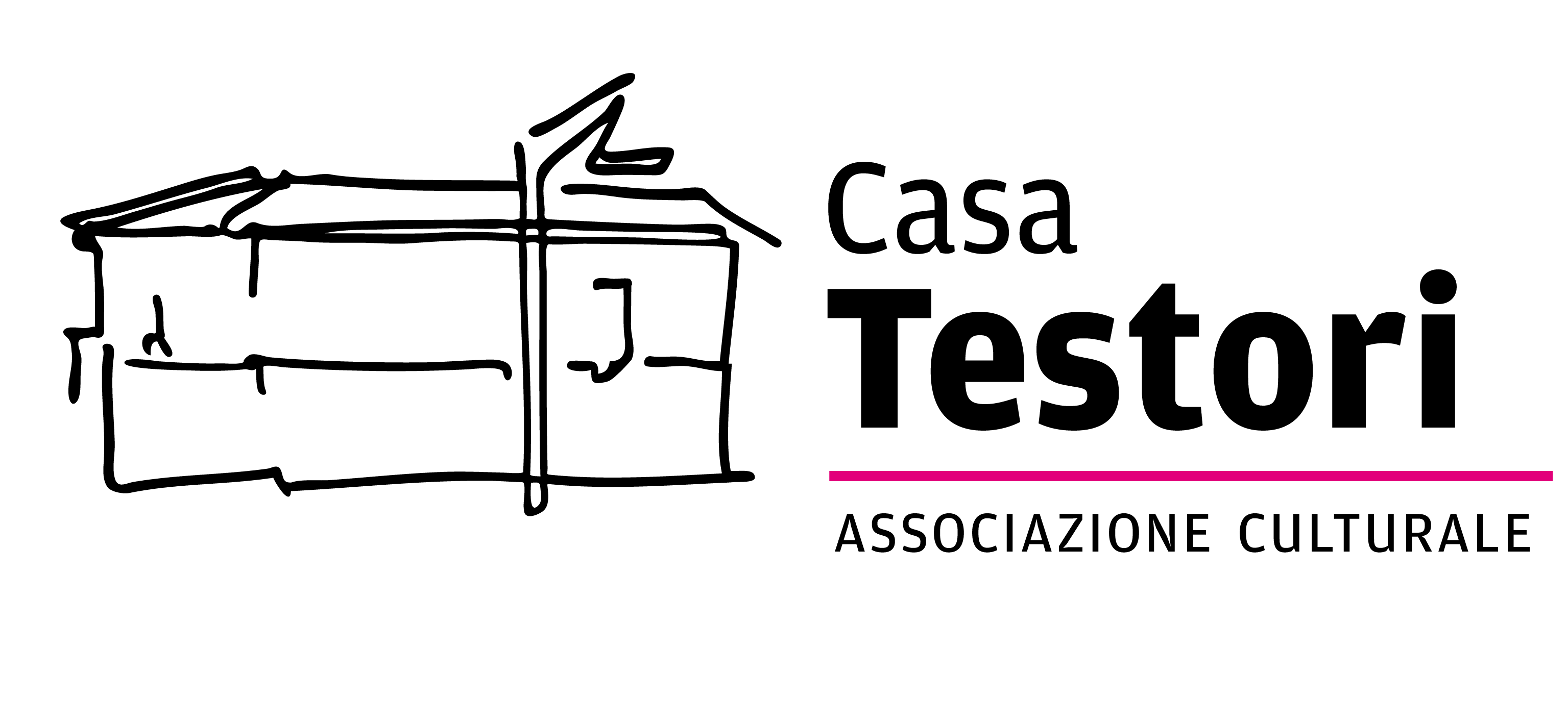Room 21
Wunderkammer (Chamber of Wonders) is an expression from the German language, used to refer to particular rooms where, from the 16th to the 18th century, collectors used to keep collections of extraordinary objects. In a way they can be considered as the embryonic stage of contemporary museums. All objects of wonder were closely linked to the idea of private ownership: this stimulated the growth and spread of collecting. The aim of the collector was to get hold of extraordinary objects found in nature (naturalia) or created by man (artificialia). More generally, these objects were called mirabilia, things capable of arousing admiration and amazement.
With this new chapter I wanted to create a room that would contain, and in some way narrate, the wonder and amazement that I feel when I listen to the noises behind my work.
Every gesture I make, every creative process, brings with it a sonic consequence, an unconscious rhythm that comes to influence and inspire my thinking.
This multitude of sounds, a translation of the force applied to the material, composes in my head an infinite series of melodies that I have been obsessively trying to record and document for some time.
Because to fully understand the relationship between a sculptor and his material, it is essential to listen to their soundtrack.
Corrado Abate
Corrado Abate works on wood as if in a dialogue with an alter ego: he listens, observes, assimilates everything the material has to say in order to then intervene and express its intimate essence. For the artist, the act of creating is an almost alchemical and experimental process that uses the principles of chemistry and physics to interpret intrinsic realities. The splits, burns and penetrations are actions inflicted on a material that is still alive, which therefore reacts and metabolises over time, bearing its marks. The violent physical effort of Abate’s intervention on the wood as an entity other than itself reveals itself as a form of self-harm: an attempt to perceive its own existence and to seek a balance. One thus senses an intense and profound bond between the artist and the works: each is the story of a close relationship, an osmosis that imprints a strong energy on the material and conveys the sensation of a connection with the All.
Maddalena Tibertelli de Pisis
Corrado Abate was born in 1977 in Biella, where he lives and works.














































































